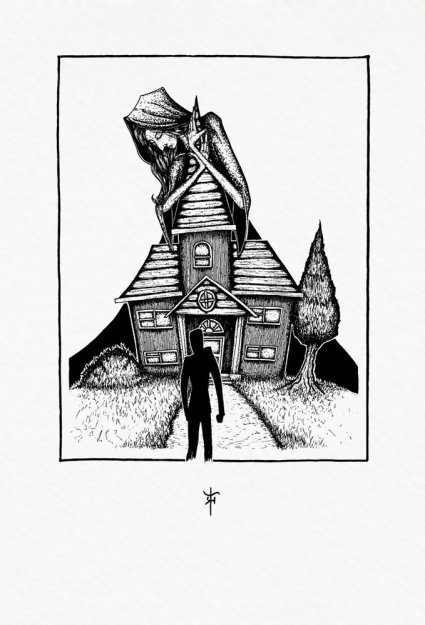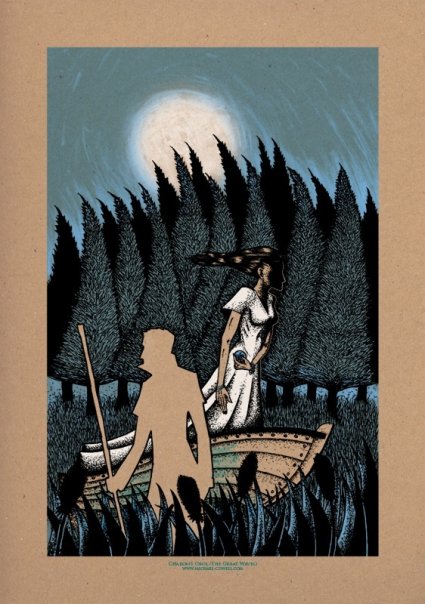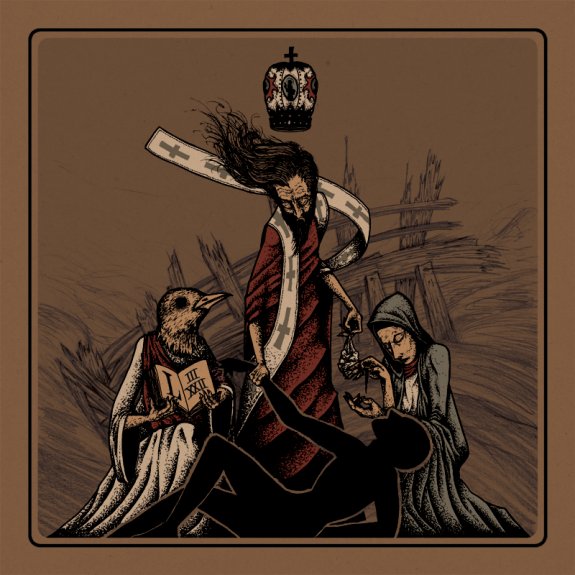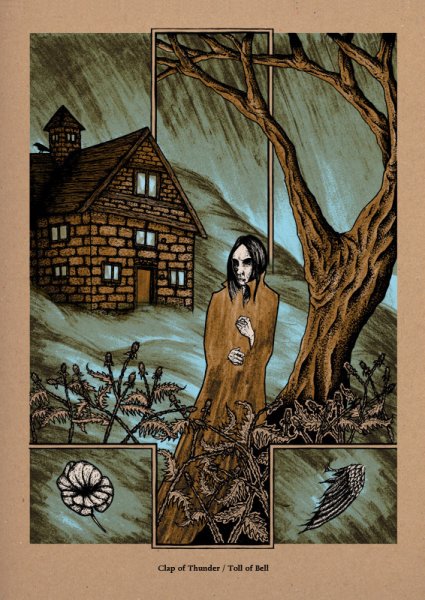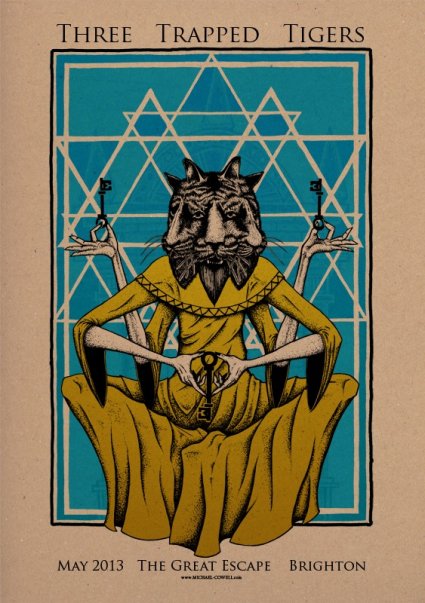Swedish Artist - Peter Hammar Interview
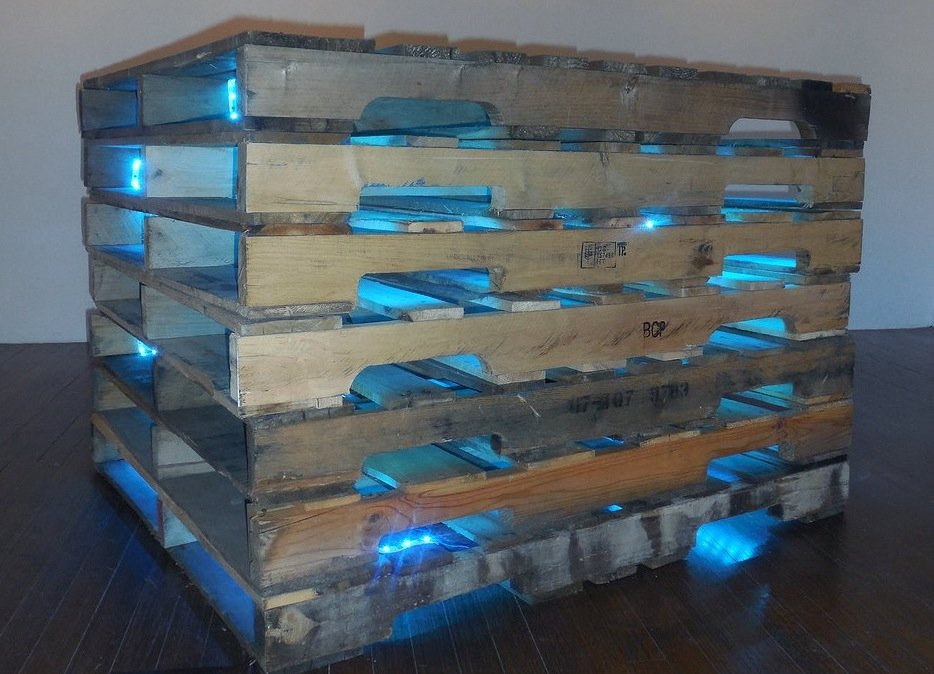




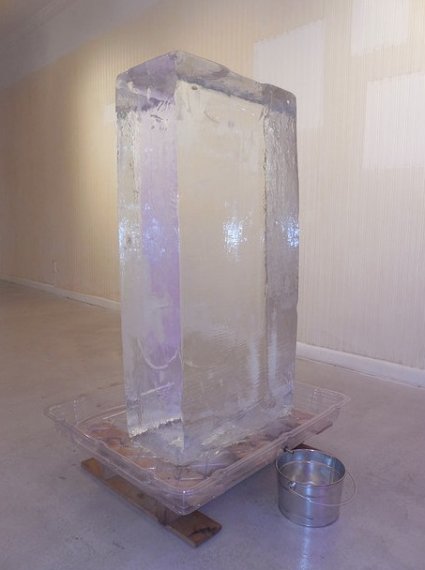
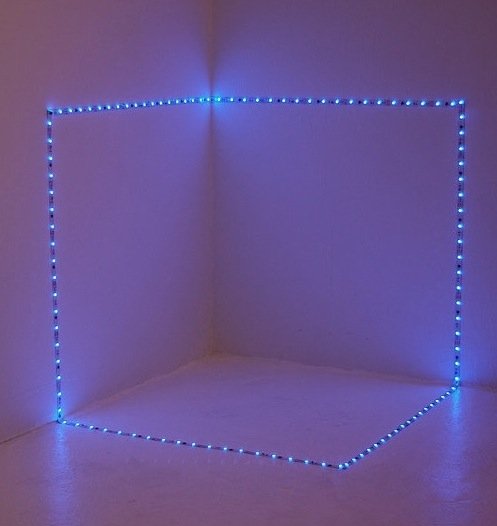
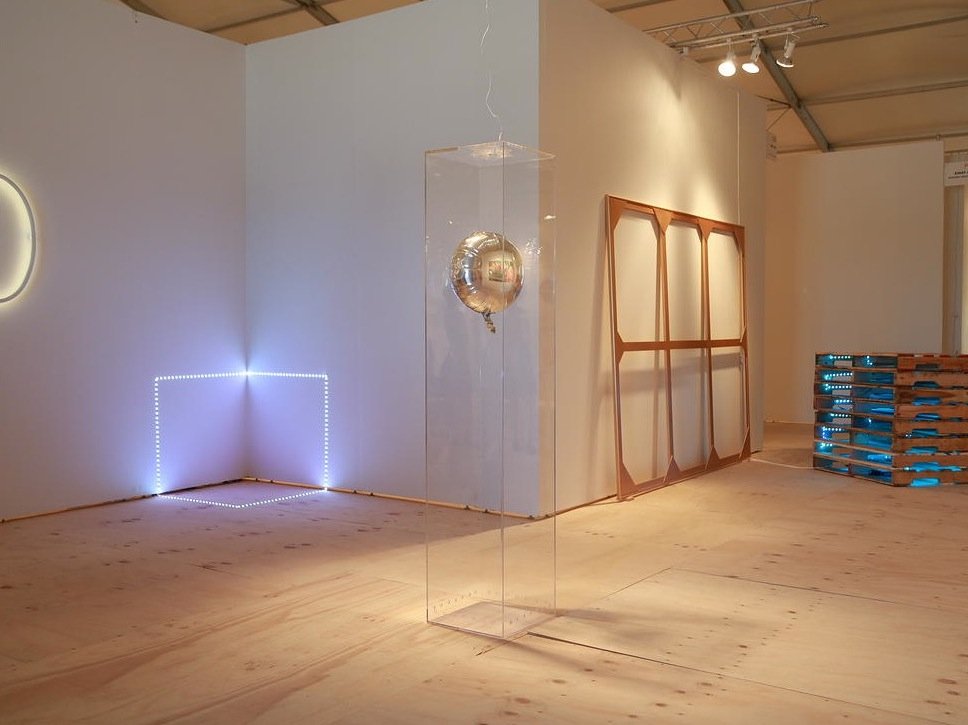
Around Kansas Feb.2014
JOURNEY to the
HISTORY of
State Capital.
Kansas State
Capitol - Timeline
1862 - 2014

Angry Artist Smashes Ai Weiwei's Work (Video Stills)
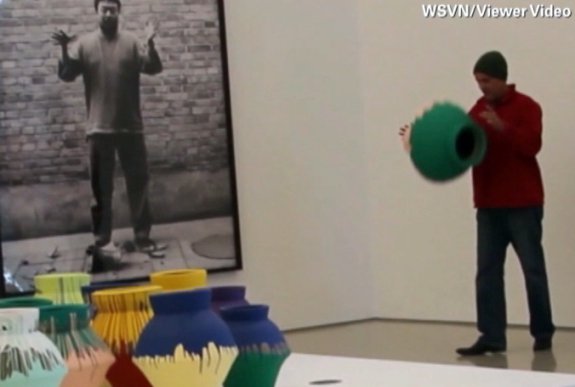


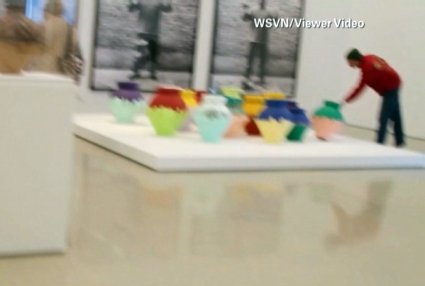
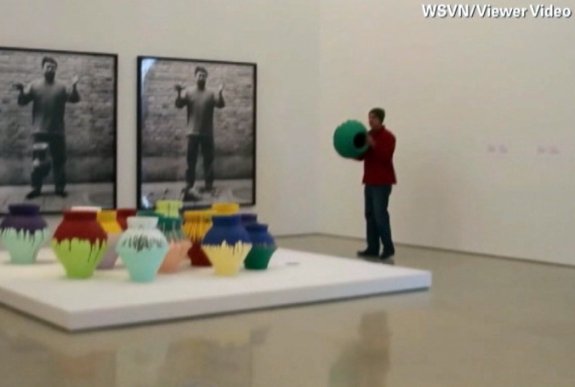
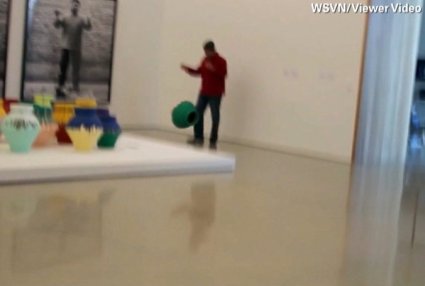
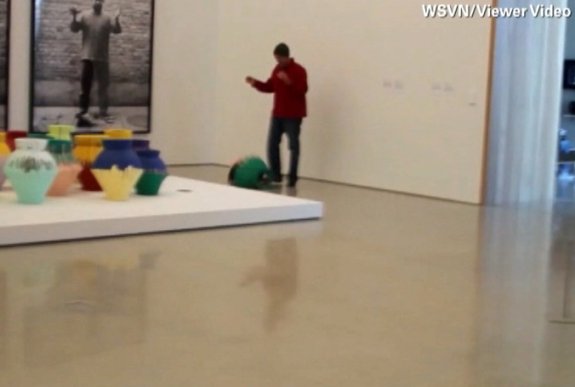
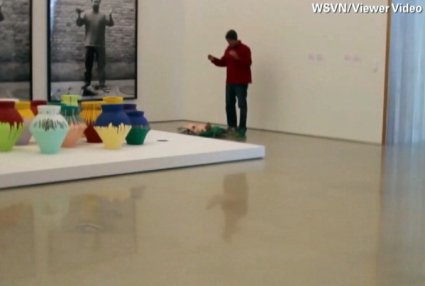
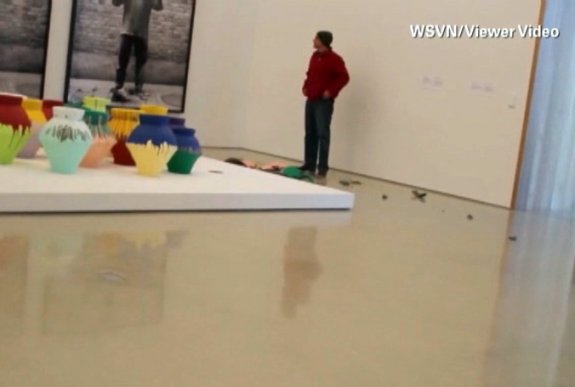
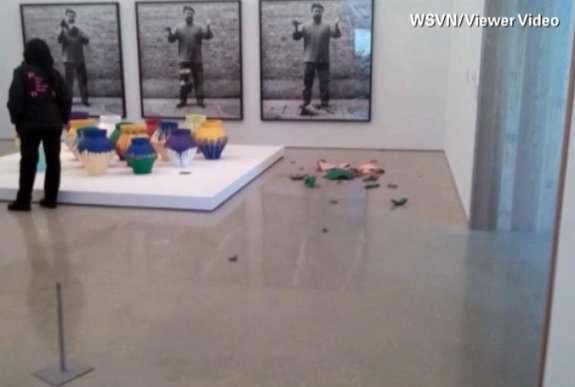
Art Wynwood 2014
Art Wynwood 2014 turned out to be an interesting mix of works displayed by international galleries, special projects and street art showcase.
Nearly 70 international galleries like Pan American Projects and Robert Fontaine Gallery from Miami, Aureus Contemporary from Rhode Island, Dillon Gallery and Emmanuel Fremin Gallery from New York, Byard Art from Cambridge, UK and Witzenhausen Gallery from Amsterdam in The Netherlands, showcased a diverse range of works by established,
mid-career and emerging urban street artists. Noteworthy was definitely also the special project by Spinello Projects featuring neons by Typoe, a 24ft drawing by Santiago Rubino and a video installation by Antonia Wright.
Street art received a lot of attention at the third edition of the fair. In collaboration with Cash, Cans & Candy, an international festival of street art from Vienna, Austria, curator Katrin-Sophie Dworczak lined up a global who’s who of street artists like Miami locals Douglas Hoekzema and Brandon Opalka, Stinkfish of Colombia / Mexico, The Stencil Network and Alexis Diaz of Puerto Rico and Stephen Tompkins of Cleveland to create original works onsite. Additionally, Jessica Goldman of Goldman Properties commissioned the murals for the VIP Lounge, including works by top street artists like Miss Van and Fafi.
An Interview with GG
"FADO 101" is an exhibition that explains the learning process of the artist through the character FADO. With a wide creation of symbols and characters the artist has been able to create his own language, but the one character that stays consistent in the work is FADO. This character has served as a way of personal expression and also as a tool of learning and understanding life. The pieces in this exhibition are based on different topics such as popular culture, social issues and personal experiences all represented through the character FADO.
I wanted to combine the flat/ two dimensional imagery that I have been working on for a few years and add more energy to it. I'm at a stage of my life where the amount of knowledge I am getting is abundant and there is a big urge to express every piece of knowledge on the canvases. The strokes on the canvases are more loose and whimsical because they represent that urge.
The work is Urban-pop with influences of conceptual art.
FADO is a character that represents the idea of confusion and curiosity. I first created FADO with the idea of personal expression, but I've quickly learned that the simplicity and originality of this character is able to represent many concepts and connect with many people.
For me, it is interesting to create things that no one has ever created and share them with the world. The imagination is the most powerful thing we have and as I paint or animate these ideas I am able to express that. The popular culture aspect of this "pop art" is interesting to me because it is able to travel and affect many people around the world.
What is most interesting about Andy and his work is the simplicity and the ability to create work that can transcend into different cultures all over the world.
My take on the Campbell's soup is very similar to some of the other popular tributes. I usually base tributes on people but in this case the soup can is a symbol that is able to take people to a personal mind set and connect on a more personal way because of their actual experiences.
I see my work grasping on to conceptuality and social awareness more than anything at this moment.
Both cities have been great. Miami is a city that is growing as an artistic town, so people are very much receptive of art but it lacks on constructive criticism and collectors. Miami is also a city that has a unique essence of creativity. New York is already an established city for art so there is constant appreciation and criticism which is very convenient for an artist like myself who looks for constant change and inspiration.
Upcoming exhibitions in New York, California, Miami and new concept in collaborations with a space/furniture designer. We call it "urban architecture". It involves imagery of my art turned into a 3D creation that serves as public furniture and art installation.
The last mural I created is on NW 54th Street and 6th Avenue in Miami. It references Steve Jobs and Apple Corporation. It's a piece that explores the idea of technology and how it has affected us in a positive and negative way.
It's very important but only because I enjoy working in both scenarios.
Post title...
Post title...
Clean Dressed, Dirty Mouth
Arnaud Pages
Post title...
Post title...
Post title...
Post title...

ESPLENDOR GEOMETRICO INTERVIEW
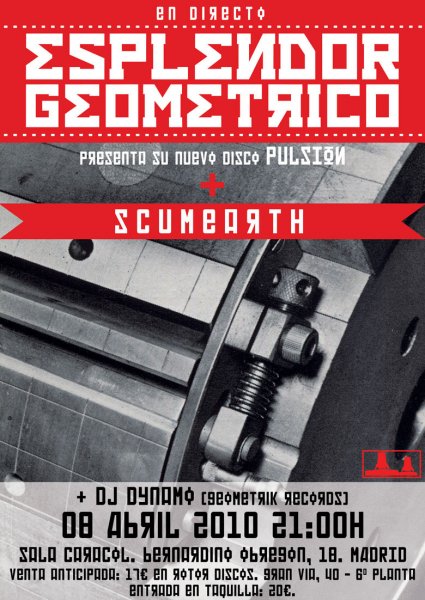
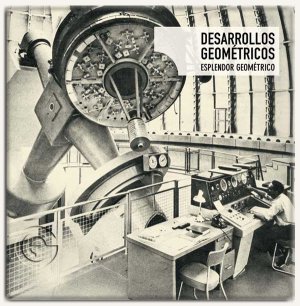


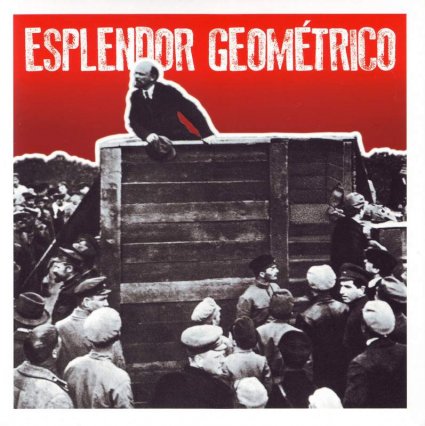
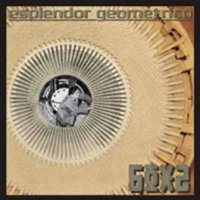
MICHAEL COWELL INTERVIEW
